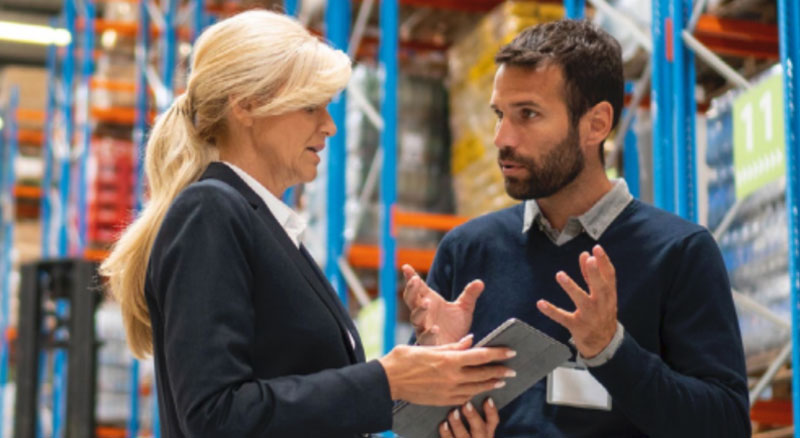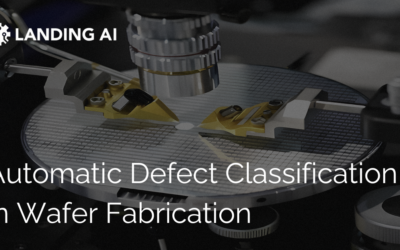Computer Vision inFood & Beverage
What are the benefits of using AI in food and beverage (F&B) manufacturing? For brand-driven, regulated, safety-conscious food and beverage producers, AI-powered computer vision from LandingLens offers fast, reliable, accurate product inspection, reject detection, and process monitoring, helping to drive more efficient, higher-quality operations at scale.

Applications of AI in Food and Beverage Manufacturing
LandingLens enables always-on, continuous inspection and analysis of image streams. With very low false positives, LandingLens introduces highly reliable solutions for every aspect of the food and beverage production workflow, from first ingredients to final packaging.
Ingredients Inspection
At every production stage, LandingLens enables high-accuracy inspection at very high throughput. For ingredients, LandingLens can inspect for color, foreign objects, mold, and quantity – in fact, almost any visible aspect can be checked at high speed and with very high precision. For example, LandingLens can detect anomalies and objects in bulk ingredients such as rice, flour, sugar and more, ensuring greater quality control and fewer production rejects.

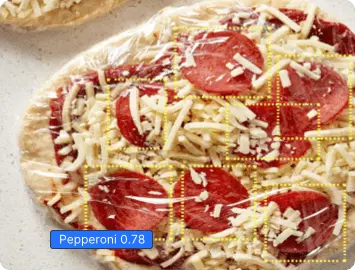
Process Quality Monitoring
AI-powered computer vision from LandingLens enables continuous, real-time monitoring for every stage of food and beverage production. For example, as pizza mix passes through the line, LandingLens can monitor for color, rise, size, appearance and more, helping to maximize end-product quality with zero exceptions. LandingLens is easy to train on new products, with an intuitive interface that enables new parameters to be set and configured without technical knowledge.
Manufacturing Control
At every stage of food and beverage production, machine feedback is essential. Fill levels, ingredients, temperatures, packaging and more are constantly monitored by manufacturing control systems. LandingLens provides a perfect complement to existing control systems, using automated computer vision to confirm that packages are correctly filled and labeled, and that their contents are fresh and safe. It helps you reduce waste, prevent costly product recalls, and maintain high quality standards.

LandingLens Benefits for Computer Vision in Food & Beverage Manufacturing
LandingLens democratizes computer-aided vision by making it super-easy to configure, train, and deploy your own tailored applications. The end-to-end platform standardizes deep-learning solutions, helping to cut development time, enable near-limitless scaling, and deliver rapid results. This positions LandingLens as a transformative, AI-driven force in the food and beverage industry, delivering F&B solutions that redefine manufacturing efficiency and innovation.

Improve Quality and Reduce Waste
Compliant
- LandingLens makes it easy to build automated visual inspection applications for rapidly and reliably spotting irregularities, estimating freshness, and checking uniformity. With AI-powered LandingLens solutions, food and beverage companies can detect quality issues sooner, reduce product recalls, minimize customer complaints, and improve brand perception.
- Automated visual inspection enabled by LandingLens can also precisely count and portion out ingredients, to minimize give-away rates and protect profit margins.

Increase Productivity
- Success in food and beverage manufacturing depends on doing more with less: delivering more product and meeting higher standards at less time, cost, and effort.
- With AI-powered computer vision enabled by LandingLens, manufacturers can automate intricate and repetitive sorting, counting, packaging and inspection processes, and reduce processing costs.
- By acting at a level of speed and accuracy unattainable by human operators, the LandingLens computer vision platform reduces labor cost and elevates manufacturing productivity.
AI in Food & Beverage Resources
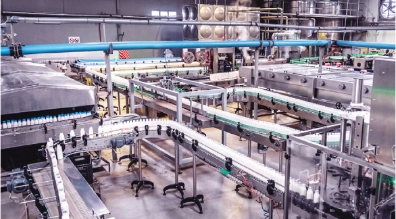
LandingLens: Artificial Intelligence and Food and Beverage Packaging Inspection
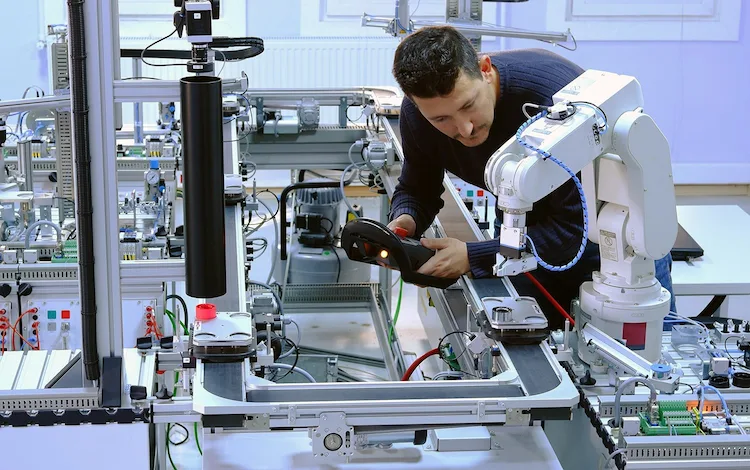
Deep Learning Playbook for
Manufacturing Industries
